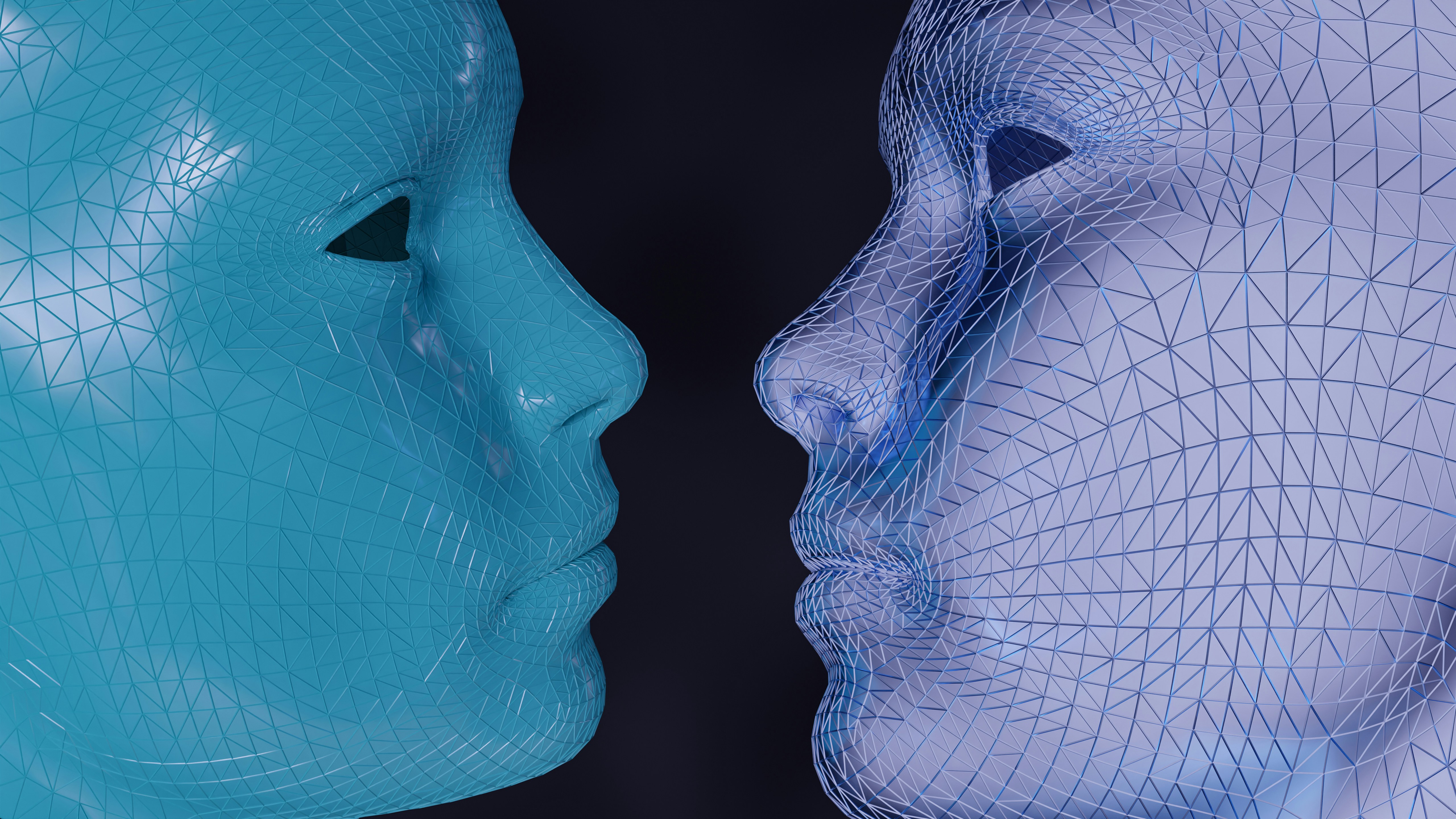The Challenges and Benefits of AI in Innovation




Artificial intelligence has become one of the most powerful forces shaping how companies innovate. And it’s no wonder. Across industries, AI is completely redefining what efficiency means on how R&D teams generate ideas, validate concepts, and predict what will succeed in the market.
But while the potential is clearly undeniable, the path to realizing value isn’t straightforward.
Many organizations face barriers that slow down progress — from poor data foundations to fragmented systems and cultural hesitation.
This article explores both sides of the equation: how AI is accelerating innovation and where companies still struggle to unlock its full potential.
Innovation used to rely on manual exploration, human intuition (and often a fair dose of luck). But today, AI adds something entirely new: augmented intelligence. Rather than replacing people, it empowers them to see patterns, trends, and connections invisible to the naked eye.
AI’s strength in business lies in its ability to process vast datasets, such as analyzing market shifts, customer feedback, and performance data in real time. That means R&D teams can predict outcomes, simulate product lifecycles, and make evidence-based decisions much earlier in the process.
For example, AI models can:
In short, AI is moving innovation from intuition-based to insight-driven. It helps teams innovate faster and smarter.
Let’s dive deeper into what we mean.
When applied thoughtfully, AI can transform how organizations approach innovation. Its biggest advantages touch every stage of the creative and development process.
AI accelerates data-heavy processes, from analyzing user feedback to testing design variations. Tasks, like idea summaries, that once took weeks can now be done in days. This efficiency allows R&D teams to focus on higher-value activities like concept testing and strategy refinement.
Predictive algorithms help companies identify promising ideas earlier, cutting down on costly missteps. Alas, by surfacing insights from historical data, AI helps allocate resources where they’ll have the greatest impact.
AI-powered knowledge platforms can connect dispersed teams, share learnings automatically, and reduce duplicated work. For global R&D units, this collaboration is crucial to maintaining agility across time zones and departments.
From speeding up complex processes to enabling smarter decisions and seamless collaboration, AI is reshaping how R&D teams innovate. Click here to explore how artificial intelligence is driving faster, more strategic breakthroughs across research and development.
Beyond improving existing processes, AI opens doors to entirely new innovation pathways, from data monetization to personalized products and services. It allows organizations to spot value in places they might never have looked before.
Taken together, these benefits create a compounding effect. The more AI informs and supports decision-making, the faster teams can validate ideas, refine them, and bring successful products to market. The result? More resilient innovation portfolios and a stronger competitive edge.
For all the progress, integrating AI into innovation ecosystems is rarely seamless. The same qualities that make AI powerful also introduce significant challenges.
First, let’s cover the technical and data hurdles:
AI thrives on rich, accurate, and diverse data. Yet in many organizations, data remains siloed, incomplete, or outdated. Without proper data governance, even the most advanced models can produce misleading insights, undermining innovation efforts.
In high-stakes R&D fields like pharmaceuticals or advanced materials, a “black box” model that can't explain its recommendation is useless. Managers need tools that provide model transparency to build trust and meet regulatory compliance.
Integrating new AI tools with decades-old legacy R&D infrastructure and lab systems is a major technical bottleneck. Fragmented workflows slow down adoption and reduce overall ROI.
Next, let’s explore the organizational and talent barriers:
Finding individuals who possess both deep domain R&D expertise and advanced AI/Machine Learning skills is still a persistent challenge.
People are at the heart of innovation, but they’re also its greatest barrier when change feels threatening. Some employees fear AI could replace them; others mistrust its recommendations. Without clear communication and training, these perceptions can stall transformation.
Overcoming cultural resistance starts with understanding the difference between creativity and innovation. Learn how businesses turn ideas into action—and how you can too.
As AI influences more decisions, questions around transparency, fairness, and accountability grow louder every day. Companies must ensure that algorithms align with ethical standards and comply with regulations, particularly in sectors handling sensitive data.
But keep this in mind:
These aren’t reasons to slow down, but reminders to adopt AI with intention. Successful innovators recognize that technology alone isn’t enough. It’s the combination of strong governance, human insight, and a clear value focus that turns AI from a promising tool into a true driver of innovation.
AI’s role in innovation’s true potential lies in opening new avenues for experimentation, collaboration, and creative problem-solving that were previously impossible. And by integrating AI thoughtfully, organizations can now explore entirely new product categories, reimagine business models, and anticipate emerging market needs with greater agility.
The opportunities are vast: artificial intelligence can uncover unseen patterns, connect diverse knowledge sources, and inspire ideas that challenge conventional thinking.
The biggest hurdles include poor data quality, system integration issues, cultural resistance, and ethical or regulatory risks. Each requires proactive management to ensure AI supports rather than complicates innovation.
AI helps teams work faster, make data-backed decisions, improve collaboration, and uncover new business opportunities. It enhances both the efficiency and the creativity of innovation processes.
Aligning AI initiatives with clear business outcomes, emphasizing augmentation over automation, and ensuring human expertise remains central to decision-making.
Strong data governance, transparent model management, and continuous employee engagement are essential. Responsible integration means balancing innovation speed with ethical oversight.

